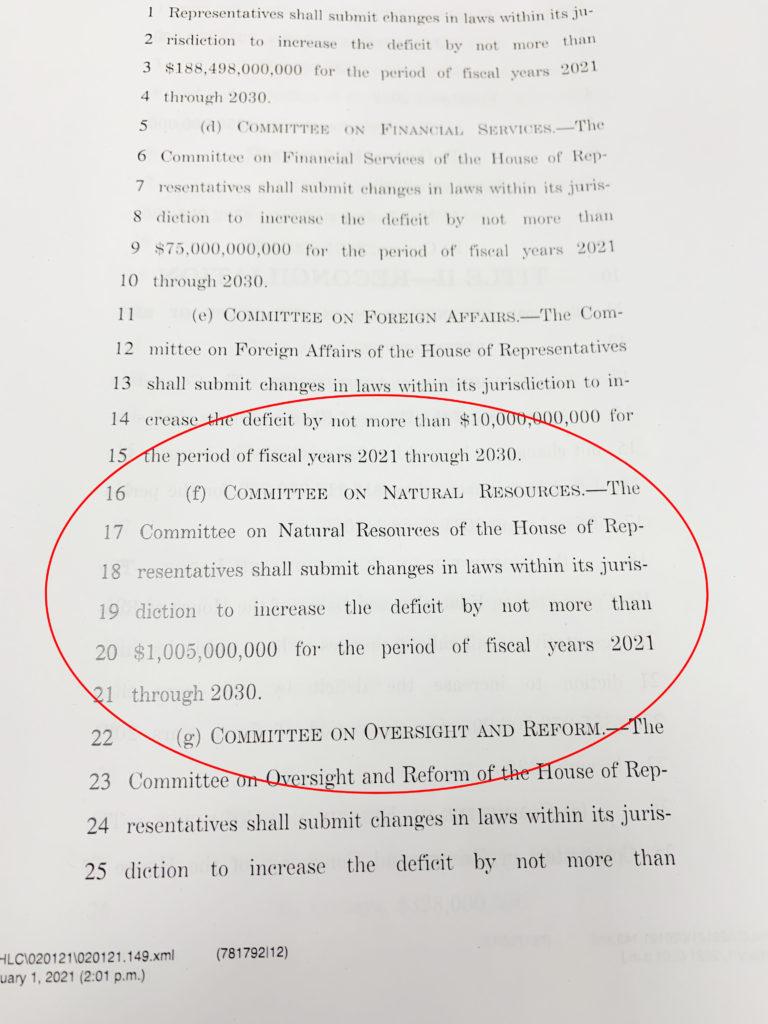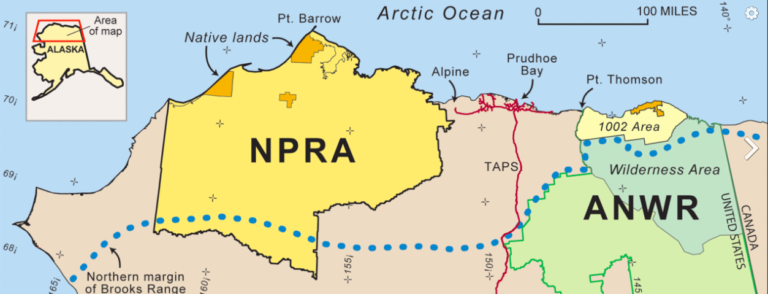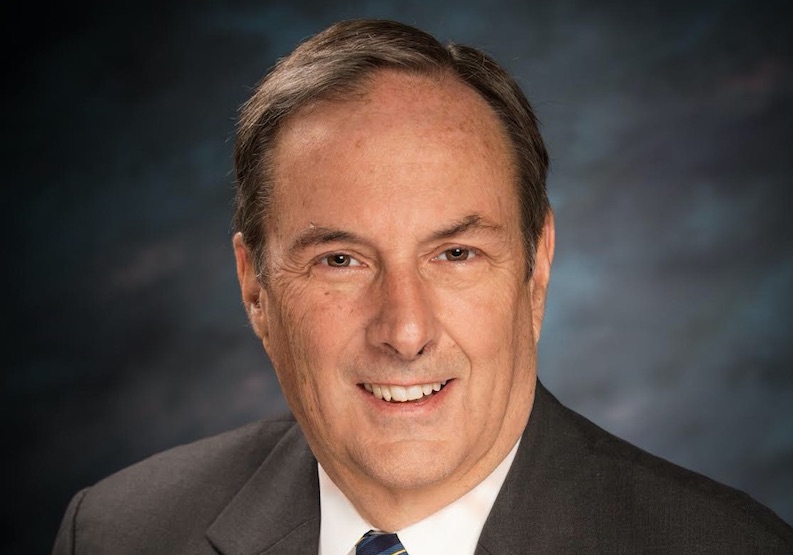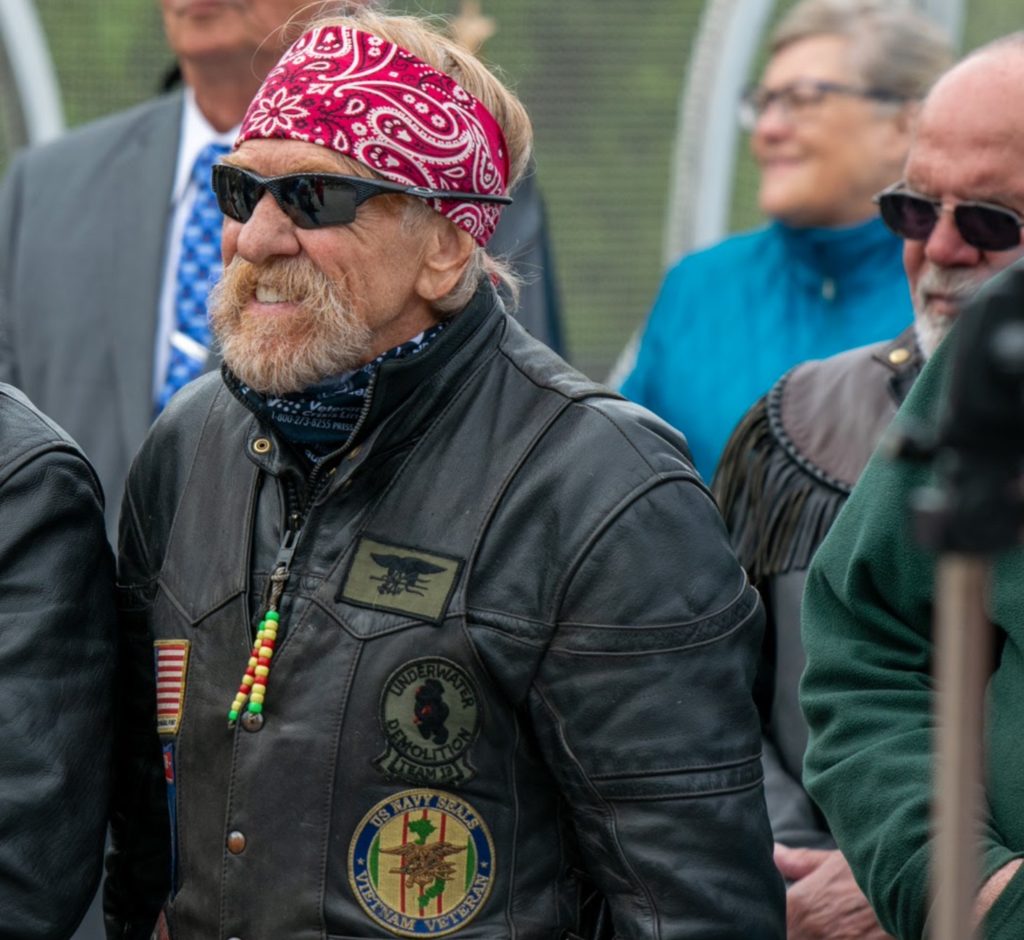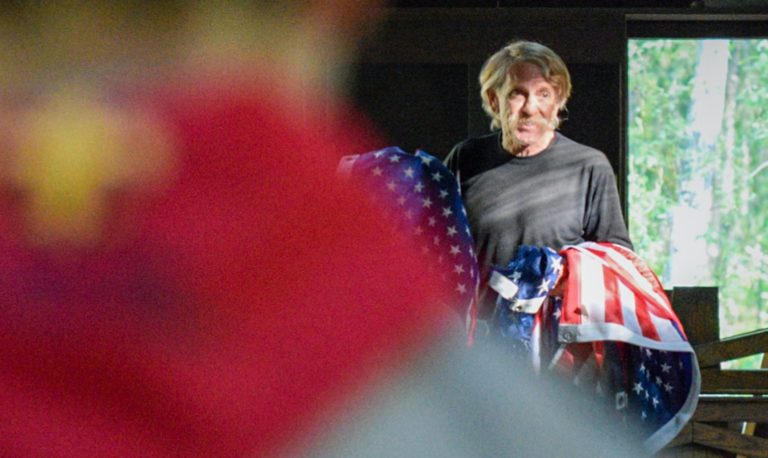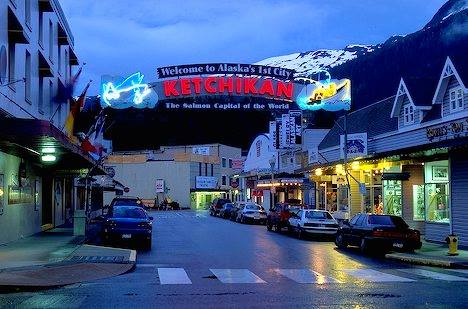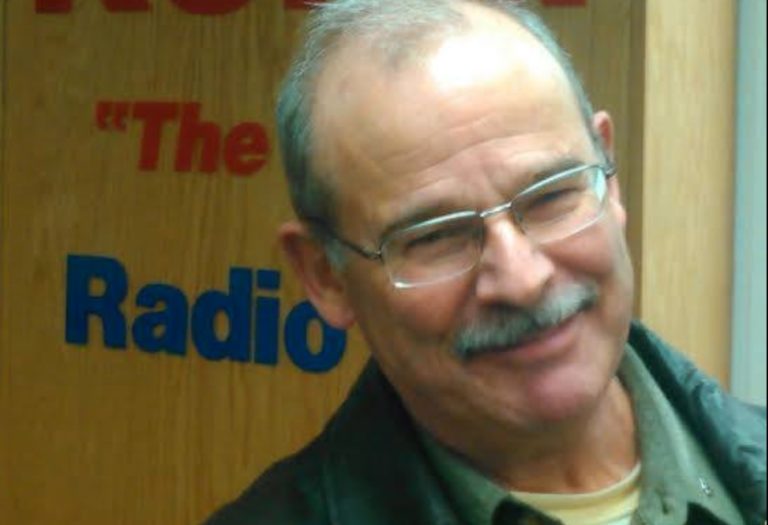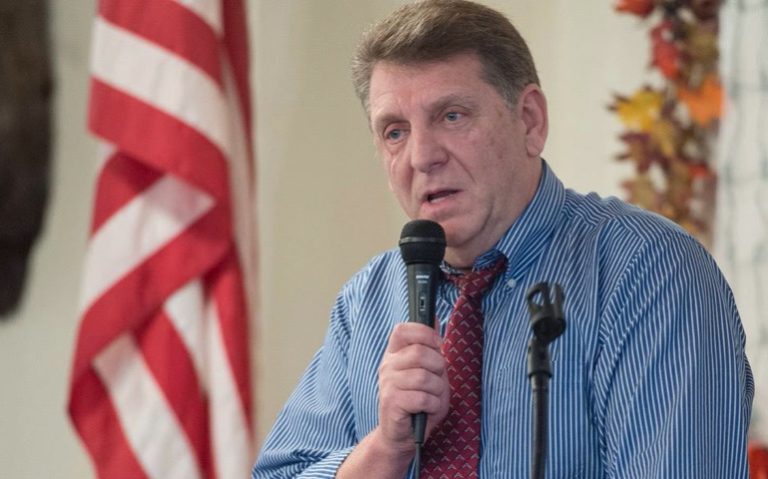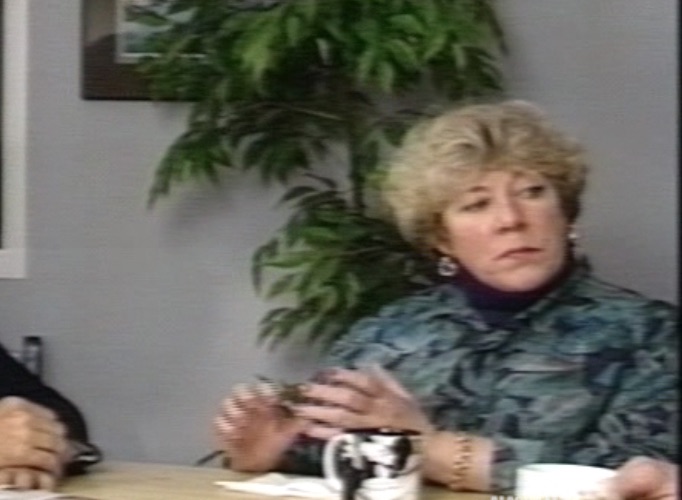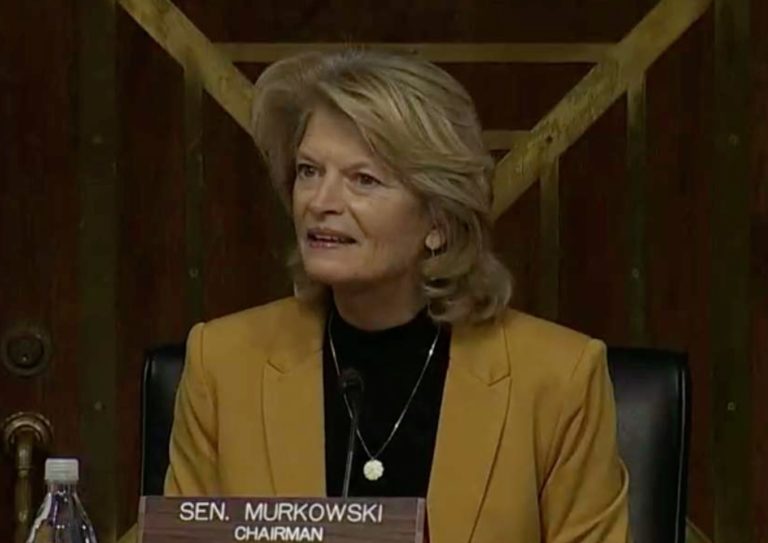By ALEXANDER DOLITSKY
Recently, the Juneau Assembly initiated an investigation of so-called “systemic racism” in town—although there is no clear evidence of any institutional discrimination in Juneau.
In my 36 years in Juneau, I have never experienced or observed any institutional racism in Southeast Alaska. Ignorance—yes, but institutional racism—no.
In fact, today’s notion of “systemic racism” resembles findings of a prominent American sociologist, Charles Murray in his book, “Losing ground: American social policy, 1950–1980,” which is about the terrible failures of the huge federal programs of the mid-1960s through 1980s to fight poverty and racism, showing how they actually made matters much worse for the poor, despite huge federal spending and affirmative action programs.
To my surprise, the socio-political changes that occurred in the mid-1960s concerning poverty and civil rights movement parallel so much of what is happening in our country today—especially the concepts of “systemic racism” and “structural racism.”
Murray explained the hugely important shift in both political and academic ideas that occurred when suddenly poverty was seen as “structural poverty”— poverty that occurs not because of the collective actions of individuals, but because the entire socio-economic system is to blame.
In Murray’s words: “Structural poverty” refers to poverty that is embedded within the nature of the system (or demographics) and will not be eradicated by economic growth…. Poverty was not the fault of the individual but the system.” This is entirely analogous to today’s “systemic racism” rhetoric.
When the whole system is to blame, then the solution requires major government effort — changes in laws and policy and funding of massive new government assistance programs to “correct” it.
Indeed, this current big push about “systemic racism” is right from the 1960’s socialist playbook.
Murray’s book was published in 1984, but the parallels are today. If patterns of history have any relevance as a guide to what we might expect next, then it is a very reasonable to expect that if the socialists take power, we will see massive changes in government spending, racially-targeted handouts, government-controlled redistribution of wealth, and more laws and policies promulgating — more racism in the name of “reparations” or “anti-racism.” It will be affirmative action on steroids.
Indeed, patterns of history will repeat themself, and the socialist activists don’t really care whether that means huge waste of money and even huge failure in what they claim to be the purpose of their new socio-economic programs.
To summarize Charles Murray’s insights on “losing ground” in America, I find it especially ironic that today so many educated and intelligent people are influenced by radical socialist rhetoric of “white privilege” and “systemic racism.”
It just demonstrates how political ideology, especially combined with mass media propaganda, can so easily brainwash people who actually participate in the brainwashing willingly.
What we are seeing in our country is really very frightening, alarming and very discouraging development, especially among our youth.
The ultra-liberal activists will not be persuaded, or even open their minds, to different ideas for social justice and equal opportunities for all in our society.
The responses and rhetoric of the ultra-liberal activists appear “compassionate” and “helpful,” falsely advocating for neo-Marxist ideology and neo-utopian socialist equality for all.
As George Orwell put it in reference to socialist-type equality, “Some people are more equal than others.”
In fact, that’s how this extreme group-think has developed. They are saying, “This is how we think about it and we want to help you.” And the listener, who is part of the “we” group, understands “This is how you, too, should think about it if you are one of us.”
It happens gradually, step by step, but it all adds up to a lot of brainwashing and indoctrination. It’s brainwashing and indoctrination by gentle coercion, and all done in a “helpful” manner — perhaps even truly intended to be “helpful.”
In reality, this gentle coercion is an avenue and clever tactic toward a political power by radical ultra-liberal activists and an emerging socialist ruling class; and an ultimate establishment of the dictatorial socialist regime.
As George Orwell in his book “1984” stated: “Power is not a means; it is an end. One does not establish a dictatorship to safeguard a revolution; one makes the revolution in order to establish the dictatorship.”
Indeed, to anyone outside that warped train of thought of group-think, the nonsense and hypocrisy is obvious, but not so to those within it. Unfortunately, many young people have swallowed this “compassionate” and “helpful” socialist narrative, and actually believe in it to its core. Sad.
Alexander B. Dolitsky was born and raised in Kiev in the former Soviet Union. He received an M.A. in history from Kiev Pedagogical Institute, Ukraine, in 1977; an M.A. in anthropology and archaeology from Brown University in 1983; and was enroled in the Ph.D. program in Anthropology at Bryn Mawr College from 1983 to 1985, where he was also a lecturer in the Russian Center. In the U.S.S.R., he was a social studies teacher for three years, and an archaeologist for five years for the Ukranian Academy of Sciences. In 1978, he settled in the United States. Dolitsky visited Alaska for the first time in 1981, while conducting field research for graduate school at Brown. He lived first in Sitka in 1985 and then settled in Juneau in 1986. From 1985 to 1987, he was a U.S. Forest Service archaeologist and social scientist. He was an Adjunct Assistant Professor of Russian Studies at the University of Alaska Southeast from 1985 to 1999; Social Studies Instructor at the Alyeska Central School, Alaska Department of Education from 1988 to 2006; and has been the Director of the Alaska-Siberia Research Center (see www.aksrc.homestead.com) from 1990 to present. He has conducted about 30 field studies in various areas of the former Soviet Union (including Siberia), Central Asia, South America, Eastern Europe and the United States (including Alaska). Dolitsky has been a lecturer on the World Discoverer, Spirit of Oceanus, andClipper Odyssey vessels in the Arctic and sub-Arctic regions. He was the Project Manager for the WWII Alaska-Siberia Lend Lease Memorial, which was erected in Fairbanks in 2006. He has published extensively in the fields of anthropology, history, archaeology, and ethnography. His more recent publications include Fairy Tales and Myths of the Bering Strait Chukchi, Ancient Tales of Kamchatka; Tales and Legends of the Yupik Eskimos of Siberia; Old Russia in Modern America: Russian Old Believers in Alaska; Allies in Wartime: The Alaska-Siberia Airway During WWII; Spirit of the Siberian Tiger: Folktales of the Russian Far East; Living Wisdom of the Far North: Tales and Legends from Chukotka and Alaska; Pipeline to Russia; The Alaska-Siberia Air Route in WWII; and Old Russia in Modern America: Living Traditions of the Russian Old Believers; Ancient Tales of Chukotka, and Ancient Tales of Kamchatka.
